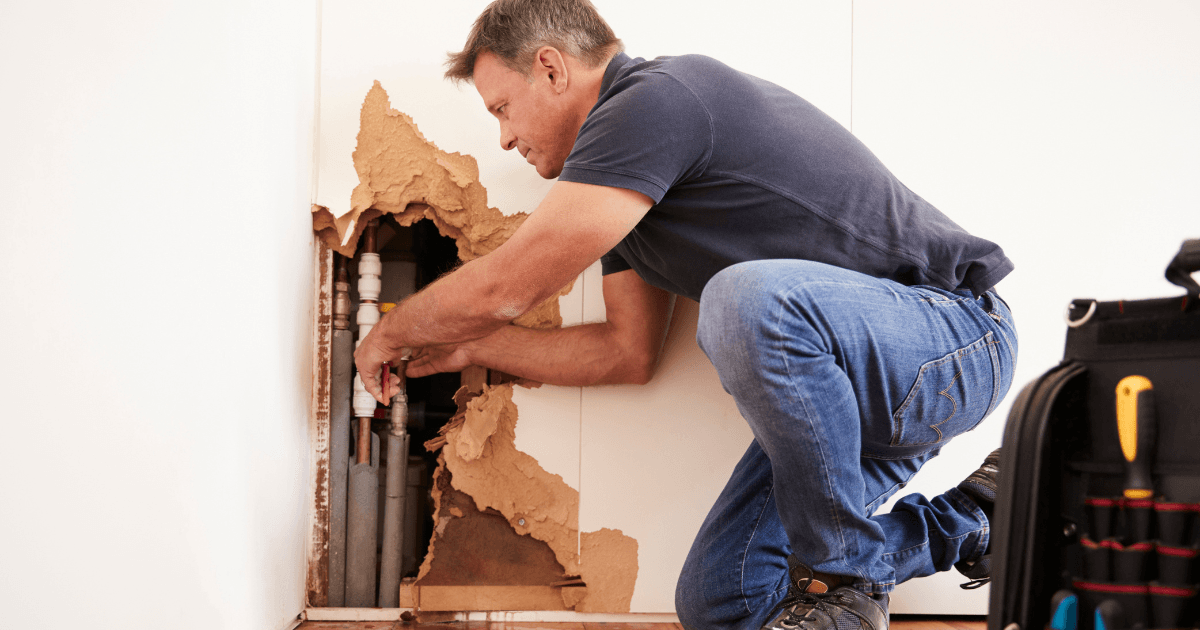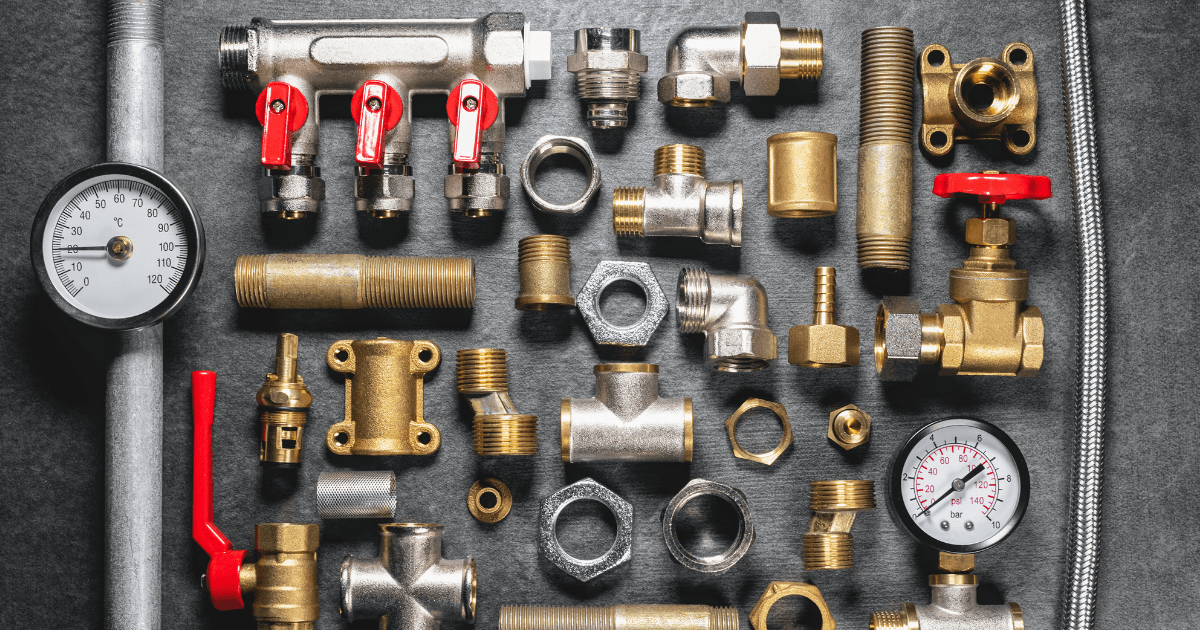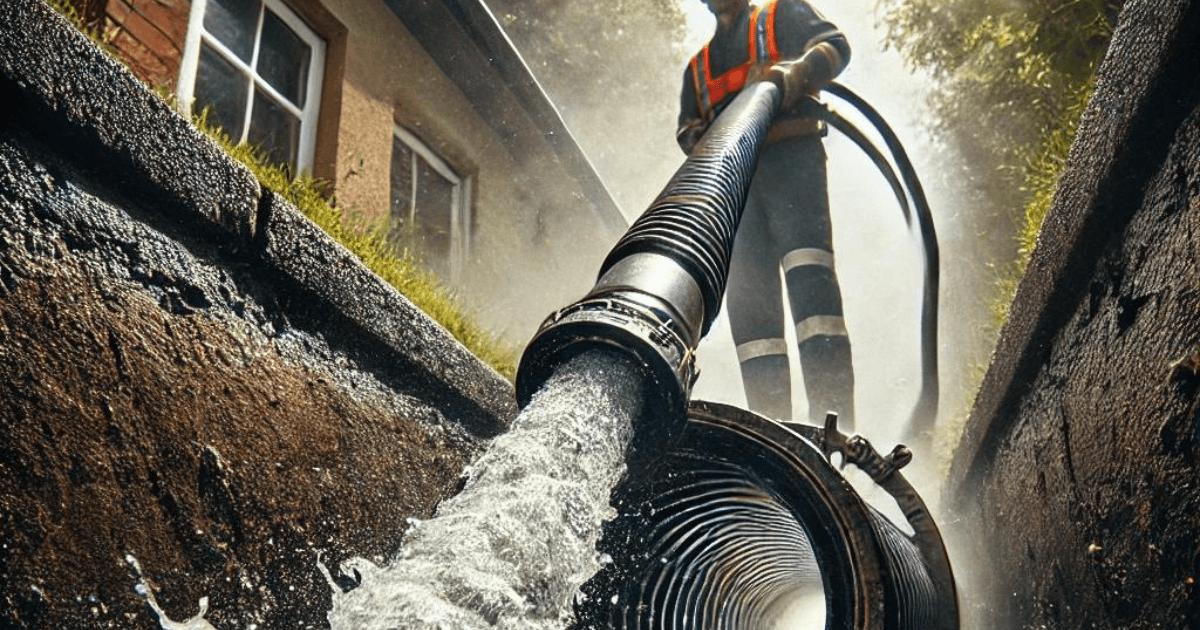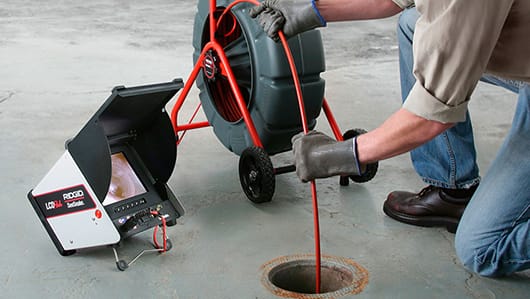Homeowners often view plumbing maintenance as a reactive process—only tackling issues when they arise. However, by applying first-principles thinking to plumbing maintenance, we can shift our focus from reaction to prevention. Instead of treating plumbing as an afterthought, we must consider it as an integral system, much like a living organism, that requires continuous care to maintain efficiency and prevent costly breakdowns.
This article will guide you through the core fundamentals of plumbing, breaking down seasonal changes and offering actionable tips that reimagine plumbing maintenance not just as a necessity, but as a strategic investment. Each season brings unique challenges, and the best approach lies in preparing your home to weather them all, from freezing winter nights to the water-hungry summer months. By deconstructing and analyzing the root causes of plumbing issues, this checklist will enable you to take control, ensuring your system runs smoothly all year.
Why Seasonal Plumbing Maintenance is Essential
Before diving into the seasonal breakdown, it’s critical to understand why plumbing maintenance is non-negotiable for homeowners. At its core, the plumbing system handles the most basic of human needs—water distribution and waste management. However, pipes, faucets, and drains are exposed to the elements and wear over time, especially with the changing seasons. From thermal expansion in summer to pipe freezing in winter, your plumbing needs change with the seasons.
Instead of reacting to problems, preventive maintenance can extend the life of your plumbing system, reduce water waste, and save thousands in repair costs. A seasonal approach allows you to stay ahead, identifying and addressing potential issues before they become emergencies.
Spring Plumbing Maintenance: A Fresh Start
Objective: After the harsh winter, your plumbing system may have sustained damage due to freezing temperatures or stress. Spring is about recovery and preparation for the heavy water use in summer.
Key Tasks:
- Inspect for Leaks and Damage
Why it Matters: Winter’s freezing temperatures can cause pipes to crack, leading to leaks. Even small leaks can waste significant water and increase utility bills.- How to Do It: Inspect both indoor and outdoor pipes, paying particular attention to hose bibs, which can freeze and crack in winter. Look for damp spots on walls, puddles, or mold growth—signs of hidden leaks.
- Test the Sump Pump
Why it Matters: Spring rains can quickly overwhelm your drainage system if your sump pump isn’t working correctly.- How to Do It: Pour a bucket of water into the sump pit. If the pump doesn’t activate, you need to repair or replace it. Sump pumps protect your home from flooding, which can lead to severe water damage.
- Flush the Water Heater
Why it Matters: Sediment builds up in the tank during the winter, reducing efficiency and the heater’s lifespan.- How to Do It: Drain and flush the tank to remove sediment buildup. A well-maintained heater will save energy and improve heating efficiency.
- Clean Gutters and Downspouts
Why it Matters: Clogged gutters can lead to water pooling near your foundation, potentially affecting underground pipes.- How to Do It: Clear all debris from gutters and downspouts, ensuring water is directed away from your home.
Summer Plumbing Maintenance: Managing Water Demand
Objective: Summer brings higher water usage, and ensuring your system can handle the increased load while staying efficient is key.
Key Tasks:
- Inspect and Repair Sprinkler Systems
Why it Matters: A leaky sprinkler can waste hundreds of gallons of water each month.- How to Do It: Check for sprinkler heads that are broken or misaligned and ensure the system is calibrated to avoid overwatering.
- Service the Washing Machine
Why it Matters: With summer activities, washing machine usage increases. Faulty water hoses can lead to leaks or even flooding.- How to Do It: Inspect hoses for cracks and replace any that show signs of wear. Consider switching to stainless steel hoses, which are more durable.
- Clean the Drains
Why it Matters: Summer brings an increase in cooking, gardening, and outdoor activities, leading to more debris in the drains.- How to Do It: Pour boiling water down the kitchen sink weekly to clear oils and fats. In the bathroom, clean drain stoppers to prevent hair buildup.
- Reduce Water Heater Temperature
Why it Matters: Hotter weather means you need less heat for water. Lowering the heater’s temperature saves energy and prevents scalding.- How to Do It: Set the water heater to 120°F during summer for optimal efficiency and safety.
Fall Plumbing Maintenance: Preparing for Winter
Objective: Fall is all about winterizing your plumbing system. With colder weather approaching, the goal is to protect your pipes and fixtures from freezing and cracking.
Key Tasks:
- Insulate Pipes
Why it Matters: Exposed pipes are vulnerable to freezing, which can lead to pipe bursts and flooding.- How to Do It: Use foam pipe insulation on any pipes in unheated areas like basements, attics, or crawl spaces.
- Drain and Store Outdoor Hoses
Why it Matters: Water left in hoses can freeze, causing them to crack and increasing pressure in connected pipes.- How to Do It: Drain the water from all outdoor hoses and store them in a dry place. Shut off the water supply to outdoor faucets if possible.
- Check for Slow Drains
Why it Matters: Leaves and debris can clog outdoor drains, leading to standing water and foundation damage.- How to Do It: Clean out gutters and ensure outdoor drains are free of leaves and debris. Inside, use a natural drain cleaner (vinegar and baking soda) to clear any buildup.
- Water Heater Inspection
Why it Matters: Water heaters are under more strain in winter, so ensuring they’re in good shape now can prevent breakdowns later.- How to Do It: Inspect for leaks, check the temperature settings, and if necessary, schedule professional maintenance.
Winter Plumbing Maintenance: Protection from the Cold
Objective: Winter brings the risk of pipe freezing, which can lead to pipe bursts and severe water damage. Your focus here is to prevent freezing and ensure the system can handle the colder months.
Key Tasks:
- Let Faucets Drip
Why it Matters: Moving water is less likely to freeze, so letting faucets drip during extremely cold temperatures can prevent frozen pipes.- How to Do It: Open faucets slightly when temperatures drop below freezing, particularly those connected to exposed pipes.
- Seal Gaps and Cracks
Why it Matters: Cold air can seep into your home through gaps around pipes, increasing the likelihood of freezing.- How to Do It: Seal any gaps or cracks near pipes, especially those entering or exiting your home, using caulk or spray foam insulation.
- Shut Off and Drain Outdoor Faucets
Why it Matters: Water left in outdoor faucets can freeze and cause them to burst.- How to Do It: Shut off the water supply to outdoor faucets and drain any remaining water.
- Know Where Your Main Water Valve Is
Why it Matters: If a pipe bursts, turning off the main water supply quickly can prevent significant damage.- How to Do It: Locate your main water valve and ensure everyone in the household knows where it is and how to use it.
Year-Round Best Practices: Preventing Problems Before They Start
Objective: Beyond seasonal tasks, some plumbing maintenance is needed year-round to ensure the system runs smoothly.
Key Tasks:
- Check for Leaks Regularly
Why it Matters: Small leaks waste water and can signal larger issues.- How to Do It: Regularly inspect faucets, toilets, and under-sink plumbing for drips and moisture.
- Install Water-Efficient Fixtures
Why it Matters: Water-efficient fixtures reduce water consumption and lower utility bills.- How to Do It: Install low-flow toilets, showerheads, and faucets to conserve water.
- Flush Drains Periodically
Why it Matters: Keeping your drains clear prevents costly blockages.- How to Do It: Flush your drains with hot water once a week or use a natural cleaner (baking soda and vinegar) to break down buildup.
Conclusion: A Smarter Approach to Plumbing Maintenance
The key to avoiding plumbing disasters is thinking ahead. By breaking down the seasonal needs of your plumbing system and addressing potential vulnerabilities, you can prevent the most common issues homeowners face—frozen pipes, leaks, and water damage. Whether it’s insulating pipes in winter or ensuring outdoor plumbing is prepared for summer, proactive maintenance ensures that your home runs efficiently, reducing repair costs and protecting your investment.
By applying first-principles thinking to plumbing maintenance, we’re not just offering another checklist; we’re shifting the way you think about home care. It’s not just about reacting to problems—it’s about preventing them before they start. So, take control of your plumbing system this year and enjoy the benefits of a smoothly runningcondition for longer-term reliability and safety. This approach will ensure your plumbing system remains efficient and effective, preventing unnecessary repairs and enhancing your overall home maintenance strategy.
By implementing the strategies outlined above, you’re not only caring for your home’s infrastructure but also taking control of its long-term health. Regular plumbing maintenance reduces water waste, increases energy efficiency, and keeps your system running smoothly through all four seasons. The result? A worry-free home that stays protected from costly, preventable plumbing issues.





